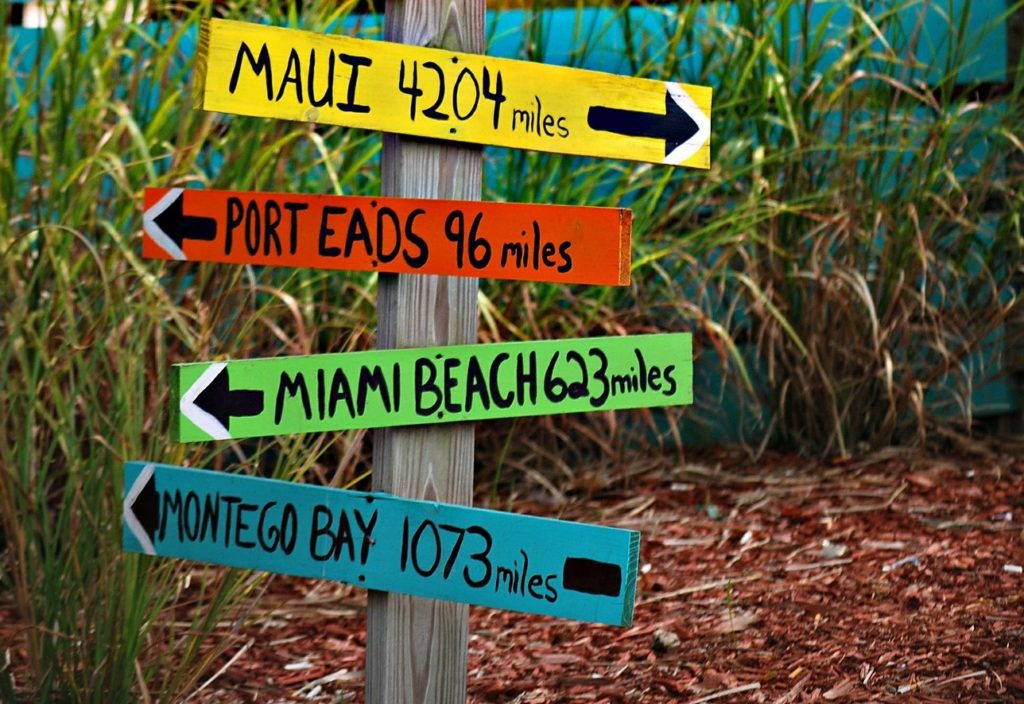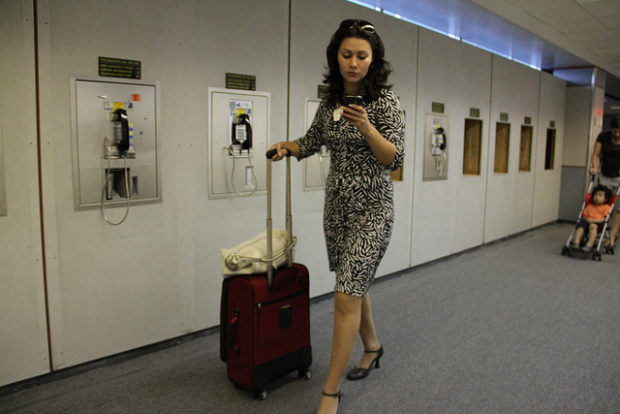Yes, You CAN Marry Travel with a Busy Career. It Just Takes Planning.

I know what you’re thinking: “Travel is opening back up and I’m itching to go. But when I’m drowning in deadlines and work and want to spend time with family and friends, how can travel possibly fit in?” The answer is, with planning.
My career as a marketing researcher and strategist is intense. Yet in 5 decades, I’ve managed to travel to 90 different countries. Travel is my passion. Reducing or giving it up, even for work, is out of the question. These competing priorities have taught me to plan ahead and be creative. I talk about some of the many ways I’ve done this in my memoir Travel Mania: Stories of Wanderlust.
Making The Most of Vacation Time
At the beginning of my career, two weeks of vacation was the maximum allowed. I planned those weeks around long weekends to get the most out of them. Four vacation days became nine-day trips.
Another possibility I discovered is to rollover vacation time, allowing for a longer trip. You might take one week the first year, then plan for a three-week trip the next. That strategy allowed me to go to Tanzania for a photo safari and then climb Mt. Kilimanjaro.
If you can afford it, consider unpaid leave. I did that for a trip to Australia that took me across the globe when after the flight and recovering from jetlag, two weeks would have been whittled down to just over a week of satisfying travel. That extra vacation time is unlikely to change your career trajectory and will leave you with memories for a lifetime.

Negotiate Vacation Time
Negotiating extra travel time when taking a new job is a great tactic, and in this post-COVID world where labor supply is short, now might be the perfect time. Two weeks is far too short to satisfy a travel itch. In negotiating for extra vacation time when changing jobs—four weeks in total—I only brought it up after we had settled on pay. The deal with my boss was that the month had to be split into three periods scattered across the year. That worked for the company; my absence didn’t stop any projects from proceeding. It also satisfied my desire for travel.
You might also consider taking an extended break prior to starting with a new employer. time off between jobs. It’s a magical time with no stresses about what you’ve left behind. When I negotiated for four weeks of vacation time, I also negotiated my start date. I gave myself a full month, which allowed me to take three separate trips–Hawaii, Spain and Puerto Rico. I began my new position fully rested, with a clear head and excitement about the work.
Take Advantage of Quiet Times
If you do find yourself with a quiet stretch take advantage of it. Rather than fretting about not having work or creating “make work,” scour the internet for last minute deals. Traveling to a lesser known place may lead to fabulous, unexpected finds. Years ago, I went to Venezuela at the last moment and discovered nearly empty pristine beaches and an Italian village in the Andes.
General Tips To Make Travel Doable
Here are some tips for making whatever time you have enjoyable, worry-free and non-jeopardizing to your career.
- Give everyone lots of advance notice if you will be gone for more than a few days. No one likes surprises, least of all clients and colleagues. This gives them time to discuss what should happen while you are away.
- Try to anticipate any issues, problems, or questions and make sure you’ve dealt with them before you leave.
- Update your boss and co-workers on any current projects in detail and in writing so they have a reference document if they need information.
- Make it clear that you will be unreachable during your away time (you don’t want to be brought back to “reality” while traveling). If necessary, tell them wi-fi is likely to be unreliable where you will be staying.

Travel as Part of Business
For much of my career I have also traveled for business, both domestically and internationally. This allowed me to see the world while my clients paid for my flights and other expenses. If you are also lucky enough to travel for business, here are some ideas for how to experience the location beyond meeting rooms.
- Try to plan the trip near a weekend, then stay a couple of extra days. Or even plan your whole vacation in some desirable destination. I traveled for two weeks in Asia, following a meeting in Singapore.
- Once virtual conferences become an option instead of a necessity, if you attend them and can choose, find ones that meet your needs and are in a destination you’d like to see.
- Ask local business associates what to see and do. Because they live there, they may have some great tips for restaurants and sites off the usual tourist routes.
- Before going, look for events taking place while you’re there—concerts, ball games, walking tours, cooking classes, art or antique shows.
I hate cliches, but “where there’s a will, there’s a way” really applies to fitting travel into a career. If you want it enough, plan ahead, don’t keep it a secret and enjoy every moment.
This guest post was authored by Karen Gershowitz

Karen Gershowitz, author Travel Mania: Stories of Wanderlust, has been traveling since age 17 when she boarded a plane to Europe and stayed there for three years. She has since traveled to more than 90 countries, experiencing countless bold, once-in-a-lifetime adventures: climbing Mount Kilimanjaro, trekking atop an elephant in Thailand, hiking in the blistering heat of the Moroccan desert—and much more. While studying ceramics as an undergraduate at the Kansas City Art Studio, Karen proposed and received a grant to photograph ceramics studios, potters and their work throughout Japan. She later built a career as a marketing strategist and researcher with companies who sent her around the globe to conduct focus groups, interviews and meetings. She lives in New York City, but is a citizen of the world.

